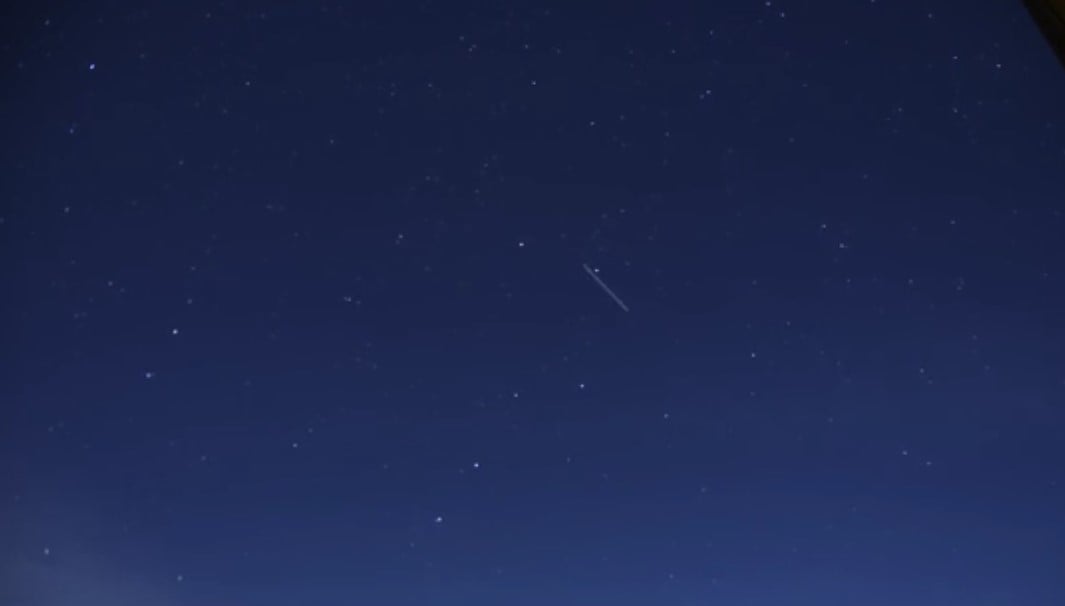Astronomy and night sky lovers are in for a treat this weekend. The Leonid meteor shower is one of the most well-known meteor showers to peak in the fall, and it can be seen from anywhere. According to Space.com, this meteor shower occasionally produces as many as 50,000 meteors per hour, although this year, sky watchers can expect to see about 15 meteors per hour.
When can you see it?
The Leonid meteor shower is expected to peak on the night of Nov. 17 into the early hours of the next morning. Sky gazers will be able to see some meteors even before or after the peak night. However, since the moon is becoming fuller right now, its glow is likely to wash out many of the meteors.
The best time to view the meteors will be between 3 a.m. and dawn. There will be a chance to watch the meteors even earlier around midnight, although the bright moon may wash them out at that time.
The origin of the Leonid meteor shower
The Leonids come annually in November when Earth’s orbit crosses the orbit of the Tempel-Tuttle comet, which orbits the sun every 33.3 years, leaving a dusty trail that later can be seen from Earth in the form of meteors. When Earth’s orbit passes through the space debris left by the comet, it’s burned up in Earth’s atmosphere and falls to the ground. According to Space.com, the comet’s debris usually ranges from the size of a grain of sand to the size of a pea, and most of it burns up entirely before falling to Earth. The meteors that survive the entire fall to Earth’s surface are called meteorites. However, the Leonid meteor shower is not known for producing larger meteors capable of surviving the burn-up.
Sky gazers may find it easier to watch the meteor shower if they look toward the constellation Leo. Still, they will be visible anywhere in the night sky. NASs meteor expert Bill Cooke told Space.com that meteors are visible with the naked eye, so there’s no need for additional equipment like binoculars or a telescope, although it might help.
“Go outside, find a dark sky, lie flat on your back and look straight up,” Cooke said, “and be prepared to spend a couple of hours outside.”
Given that the meteors are fairly sparse and appear during a cold time of the year, it is best to bundle up and relax. The meteor shower will be visible everywhere in the world, although the northern hemisphere may have a better view than the southern hemisphere. AccuWeather reports that more tranquil weather is expected for most of Western Europe, so Europeans will have a great gaze of the meteor shower.





